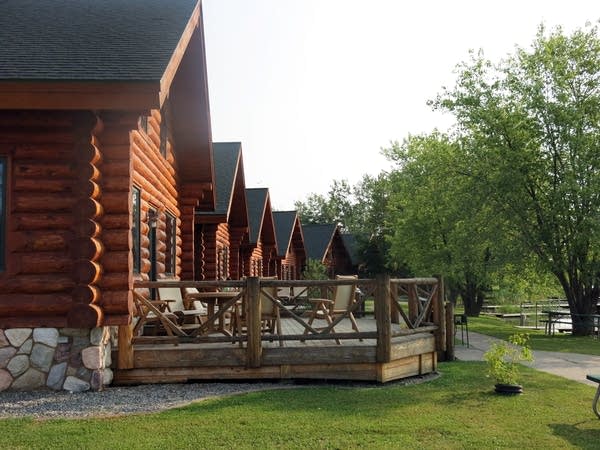Thinking of heading to a cabin to wait out the coronavirus? Here are a few things to consider

While the desire to head up to the cabin this time of year is understood by many, state officials ask that you consider that decision carefully.
John Enger | MPR News File
Go Deeper.
Create an account or log in to save stories.
Like this?
Thanks for liking this story! We have added it to a list of your favorite stories.


